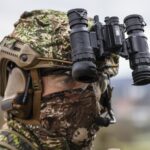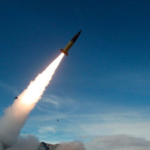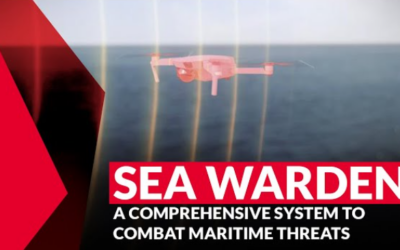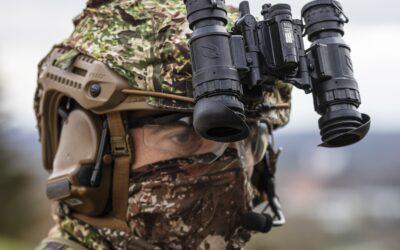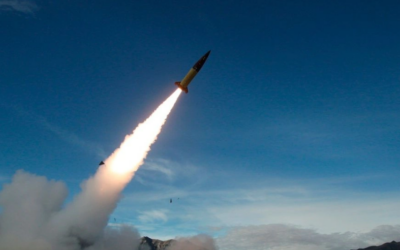As part of its quest to boost weapons production, the US Army is reestablishing TNT production on US soil, inking a deal to build out a…
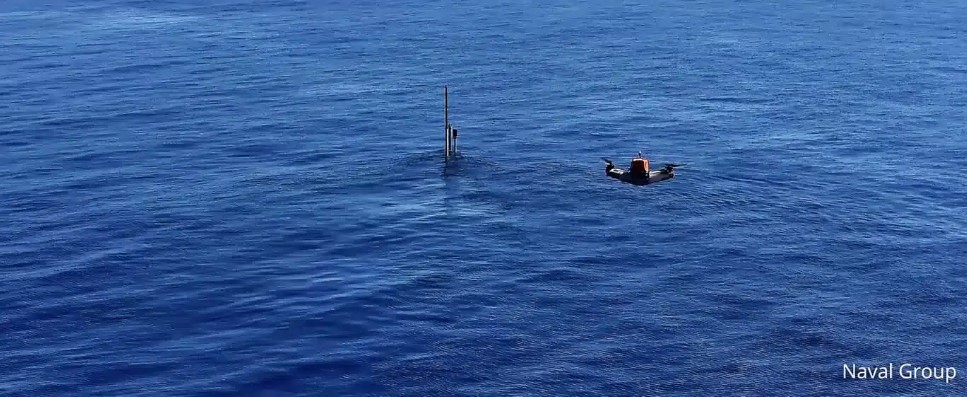
Last May, the final test of the “UAV on submarine” (“UAV sus sous-marin”) pilot program was held off Toulon.
The objective of this project was to deploy a quadcopter UAV, designed by the French SME company Diodon, from a submerged submarine in order to recover video data and pilot it from the submarine.
During the tests, the system was sent from the nuclear attack submarine (SSN) Amethyst (Rubis-class) in the Mediterranean. The UAV came to the surface in a waterproof protective cocoon designed by Naval Group.
On the surface, this cocoon opened and the UAV positioned itself above sea level. The SSN then raised its communication antenna to establish the data link. Once communication was established, the UAV was piloted from the submarine, providing video feedback from the UAV’s camera on the operator’s console.
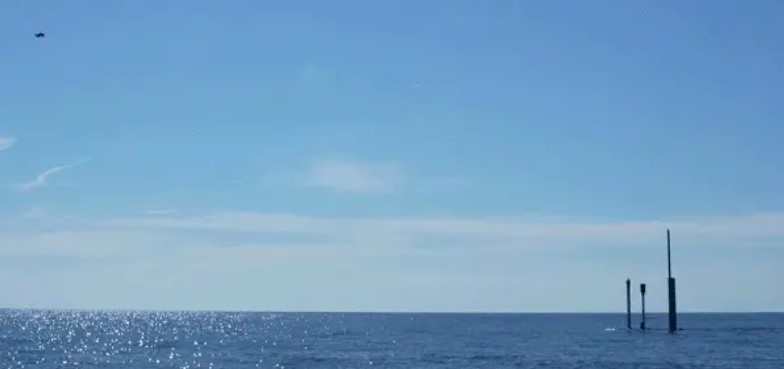
According to the French Ministry of Defence, this project aims to increase the vision of the submarine in its environment. Using a UAV will allow the submarine to extend the perimeter and horizon of its sensors as well as capabilities such as intelligence missions, surveillance, reconnaissance, and transportation of small packages to special forces in the field.
According to Diodon, the UAV HP30 is equipped with high-performance day/night sensors, while its inflatable structure renders it unsinkable. In fact, it can land, take off and move around in the water to sea state 4 as well as on land or the deck of a ship.
The said system can cover a broad spectrum of short-range action at sea missions, such as maritime security, safety, and pollution control.
Also read: India | Successful fire-test of the SMART supersonic anti-submarine system – VIDEO
HP30’s Technical characteristics:
- Weight: < 2 kg
- Deployment: < 2 minutes
- Endurance: 30 minutes
- Operational range: 3 nautical miles
These features open up new tactical possibilities, as the submarine’s overall situational awareness will be improved as a result of this innovation. This program aims to incorporate a game-changing operational capability into the existing fleet in the medium term.
Except for France, the US, and Israel are currently pursuing similar capabilities.
Also read: SeaHake Mod4 | The deadly torpedoes of the Greek submarines – PHOTOS & VIDEO
READ MORE
Ticonderoga | The US Navy is extending the operational life of three cruisers
The US Navy has announced that it is extending the operational life of three Ticonderoga-class cruisers. The decision will…
Sea Warden | MBDA’s system to counter unmanned threats at EURONAVAL 2024
At the EURONAVALl 2024 exhibition, MBDA presented Sea Warden, a modular anti-drone system adapted to the naval environment that integrates…
THEON International | New orders amounting to €74 million having already exceeded €150 million in the 4th trimester
THEON INTERNATIONAL PLC (THEON) announced additional orders for the month of November. As a result of the…
UN | Iran has increased uranium enrichment to near weapons-grade levels
Iran has further increased its stockpile of uranium enriched to near weapons-grade levels, defying international pressure, according to…
Brazil | Arrests of military and police officers for plotting the assassination of President Lula
Brazilian police have arrested five officers accused of plotting a coup which included plans to overthrow the government following the…
Sweden | Leaflets with survival instructions in the midst of the Ukrainian crisis
Sweden started sending out five million leaflets to the country’s residents yesterday, urging them to prepare for a possible conflict…
Ukraine | The first ATACMS strike on Russian soil took place
The Ukrainian armed forces carried out their first strike on a border area within Russian territory with an ATACMS missile.
Finland | The first major NATO artillery exercise on its territory
The exercise is taking place in northern Lapland and is part of wider artillery exercises, which have been dubbed ‘Dynamic Front 25…









